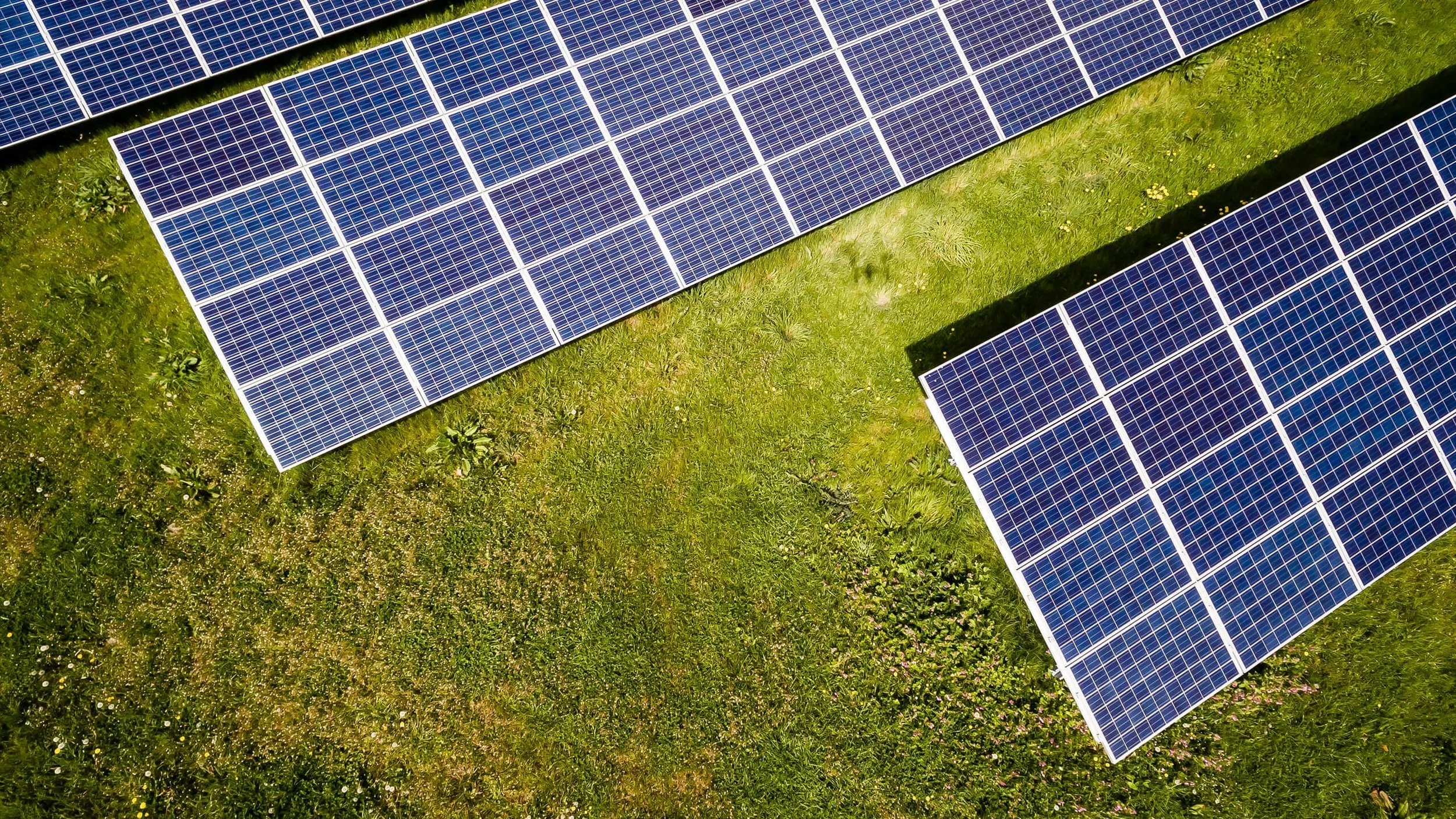7 Tips to Make Your Cricket Club More Sustainable
There are plenty of things you can do to make your cricket club greener and to help safeguard the game for future generations
1. Cut down on the use of meat and animal products
Let’s face it - the cricket tea is iconic and for many cricketers, tea is one of the most important parts of a Saturday or Sunday afternoon. But did you know that animal agriculture is one of the biggest contributors to global climate change? Reducing our consumption of meat and animal products is therefore one of the most important things we can do to reduce our personal impact. Why not try some oat cream with those scones, or swap the sausage rolls for a meat free alternative? You could even mix things up a bit with veggie samosas, falafel and hummus or a range of salads. The possibilities are endless!
2. Reduce, reuse, recycle
Most of us do this in our own lives nowadays, but how can you incorporate this ethos into your club? A good way to start is by cutting out single use plastics, such as plastic cups and cutlery and making sure that you have adequate recycling facilities. Encourage players to buy second hand and repair kit where possible, instead of throwing it away. It’s easy to set up kit swaps for unused or unwanted kit and some manufacturers are now starting to incorporate sustainability into their practices. We’ll be featuring some of them in future articles, so keep an eye on our blog.
3. Switch to renewable energy
This can be as simple as switching energy suppliers, but for clubs with their own facilities there are opportunities to install solar panels and other renewable energy generators. The ECB’s County Grants Fund makes provisions for tackling climate change and so far has helped to fund the installation of solar panels at 64 clubs. In Australia, Pat Cummins’ project, Cricket for Climate is similarly helping dozens of clubs to install panels. It could also be wise to install charging facilities for electric cars and bikes and transition equipment such as mowers and rollers to electric models, as they come to the end of their working lives.
4. Conserve water and reduce its use
As global temperatures rise and water becomes ever more precious, it is imperative that cricket clubs ensure their water security. Some clubs have installed rainwater harvesting systems with large underground storage tanks, but it’s also perfectly possible to make use of simple water butts. It’s also important to make sure you’re using water wisely. The Ground Management Association provide free guidance on water use and pitch preparation in hot, dry and drought conditions.
5. Encourage biodiversity and make space for nature
While many cricket clubs are located in some absolutely stunning locations and a perfectly manicured outfield is undoubtedly a beautiful sight, acres of green grass are not particularly biodiverse places. In order to encourage more wildlife and a greater diversity of plant life, why not think about incorporating some wilder areas into your boundaries? This can involve actively planting wildflowers to encourage insects, or simply leaving nature to its own devices and embracing a little bit of messiness here and there. Some clubs, such as Whalley Range CC, have been planting trees, which has its obvious benefits, but can also help to soak up excess water and prevent flooding. If you’ve already got trees around the ground, why not install some bird or bat boxes? If you plant fruit trees or grow vegetables, you can even incorporate the fresh produce into your teas! What could be more locally sourced and sustainable than that?
6. Encourage lift-sharing, cycling, walking and use of public transport where possible
One of cricket’s biggest impacts on the climate is undoubtedly through the use of transport. Hundreds of thousands of players and fans travel to and from matches in the UK alone, often multiple times each week. This inevitably leads to a significant carbon footprint and the more that clubs can reduce the impact, the better. Clubs can encourage lift sharing for both home and away games and cycling, walking and public transport where possible. Making sure you provide cycle storage and charging facilities for electric bikes and cars can also help encourage greener travel.
7. Sustainable Buildings and Retrofitting
Clubs with the budget for it might look to retrofit their existing buildings or ensure new builds have improved insulation, energy efficient doors and windows and rainwater harvesting. These improvements can help to increase the efficiency of your buildings and reduce your carbon footprint and your bills. Whether retrofitting or building new facilities, try to work with sustainable building firms and make use of low impact and sustainable materials, such as wood, hempcrete, ‘carbon negative’ concrete and even straw bales! At the same time, look to minimise use of carbon heavy materials, such as concrete, glass and steel.



